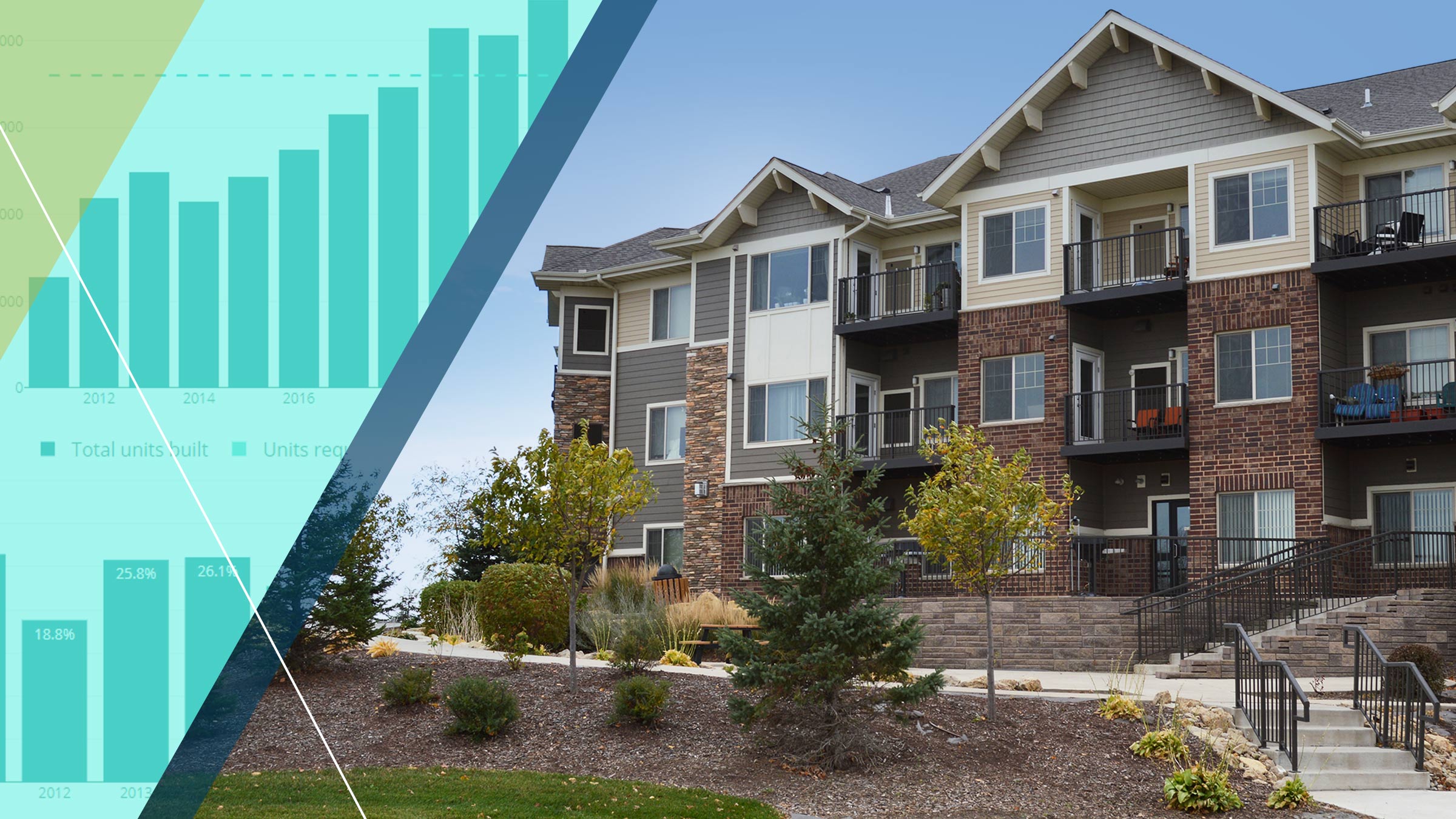At the Federal Reserve Bank of Minneapolis, it’s our responsibility to understand Minnesota’s economy. To ground our rigorous, data-driven analyses, we hold conversations with community leaders and households in our region’s biggest cities and smallest towns. In these meetings, focus groups, and surveys, housing affordability often surfaces as a source of concern.
“When employers talk to us about potentially expanding in our area, it’s exciting,” said one rural workforce development executive. “We have good access to highways and other infrastructure for businesses … but we have to ask them, ‘Where are your employees going to live?’”
“It’s much harder to get a house now,” a woman working two jobs told us in southwestern Minnesota. “I expect to rent for the rest of my life.”
“Our hospital system struggles to find doctors,” said another rural workforce specialist. “They find interested candidates, but then those candidates can’t find a house for their family.”
Sentiments like these line up with data that tell us Minnesotans are struggling with housing at a community and household level. For example, whether you’re reading this article from East Grand Forks, Grand Marais, or Grand Avenue, nearly half of the renters in your county are considered “cost-burdened”—that is, they are spending more than 30 percent of their income on rent.
Housing is even more challenging for lower-income Minnesotans. In rural and urban areas alike, more than three of every four Minnesota households earning less than $50,000 per year are cost-burdened.
Minnesota is losing its edge
Housing affordability is typically measured by comparing typical incomes to typical rents and mortgage payments. For decades, Minnesota’s relatively low housing prices and high wages supported economic growth. Today, most housing-affordability indicators put our state in the middle of the pack.
The Minneapolis-St. Paul area looks better compared to similar metros across the nation. In its affordability analyses, GREATER MSP, a regional public-private economic development partnership, uses 11 metro regions as peer groups for the Twin Cities area. The Minneapolis Fed’s own housing-affordability dashboard—developed with another business-oriented group, the Itasca Project—shows that rents in the Twin Cities area are the second-lowest among these peer metros. After adjusting for local incomes, rents here are the most affordable. See Figure 1.
Our current ranking is at risk, however. Rents and housing prices are increasing quickly. Over the last five years, median rent in the Minneapolis-St. Paul area has grown nearly 20 percent. Meanwhile, the share of renters who are cost-burdened in Minnesota increased in 2020 and 2021 after years of slow but steady decline.
Unsurprisingly, the driver of these rising rents is increasing competition for housing. In 2021, the Minnesota Population Center found that the Twin Cities area had the lowest vacancy rate among the nation’s 56 largest metro areas. And vacancy rates are even lower in Duluth, Fargo-Moorhead, and Mankato.
Meanwhile, the state’s fastest-growing jobs are in the health care and food sectors and often pay less than $16 per hour. That income puts many rental and ownership opportunities out of reach—and it can’t support the rent levels necessary for developers to finance new construction.
The seeds of today’s problems were planted more than 10 years ago. Minnesota’s housing production bottomed out during the Great Recession and took years to recover. According to the housing advocacy group Up for Growth, Minnesota and Minneapolis-St. Paul are behind our projected needs by a collective 95,000 units. Though the pace of new construction picked up through 2021, sluggish construction in today’s higher-interest-rate environment threatens ongoing supply. See Figure 2.
Addressing housing supply will take concerted effort
How can public policy better support the housing market? While the most common assistance is financial, such as housing vouchers or development subsidies, there is more that housing policy can do. Moving beyond financial assistance, better housing policies could unleash the private market to build more housing at all price levels. As studies have shown, even new luxury or market-rate housing frees up existing housing opportunities for lower-income households to move into, thus expanding housing choices without relying on finite public dollars.
A housing agenda bigger than subsidy alone looks like addressing the overly restrictive land-use policies, time-consuming development processes, and onerous regulations that can derail sound housing projects before they get underway. Elected officials can support housing affordability by addressing all of these issues in their comprehensive plans, local ordinances, and building codes.
Such changes reduce development costs by providing flexibility and clarity to developers without sacrificing local control. They may also be key in supporting innovative new practices like modular construction and alternative-homeownership models.
Even when subsidies and regulatory reform are in play, however, the road to housing production can remain rocky. Biases against people with low incomes can lead to significant neighborhood opposition to multifamily housing projects, whether the projects are affordable or not.
Addressing these barriers requires something we can’t really track in a spreadsheet: local leadership. We’ve seen inspiring stories of this across our region. For example, elected officials in Carver, Minnesota, prioritized their community’s economic future and opened the door to dozens of new households when they approved an affordable apartment complex. The financing and land-use plans were in place, but building the development still meant facing down angry neighbors and taking unpopular votes in rancorous public meetings.
Local leaders aren’t all elected officials. Employers can also step up by supporting housing development with both their financial and social capital. Business voices can convince some skeptics that housing supply is critical to a community’s economic future.
At the Minneapolis Fed, we view our research on housing as directly tied to our mandate to pursue stable prices and maximum employment levels. It’s hard to imagine a world with stable prices or maximum employment without an optimally functioning housing market. Thus, we use some of our resources for research, convening, and engagement to better understand housing in our region.
For example, we’ve examined racial disparities in conventional mortgage-approval rates, investor ownership of single-family homes, and barriers to affordable housing in Indian Country. We’ve created dashboards that we hope will provide local leaders with the data they need to support sound decision making.
Our more in-depth work can bring important nuance and data to the table during conversations about housing policy. But all of the data and nuance ultimately support a simple truth: the path to a future with more affordable housing is a relatively straightforward one. Building more homes will allow more people to find economic stability and access opportunities in the labor market, supporting economic development and households alike.
This article was originally published in the May/June 2023 issue of the Multi Housing Advocate, the publication of the Minnesota Multi Housing Association, which has granted permission to republish. Some statements have been updated to reflect more recent data.
Libby Starling is Senior Community Development Advisor in Community Development and Engagement at the Federal Reserve Bank of Minneapolis. She focuses on deepening the Bank’s understanding of housing affordability, concentrating on effective housing policies and practices that make a difference for low- and moderate-income families in the Ninth Federal Reserve District.








